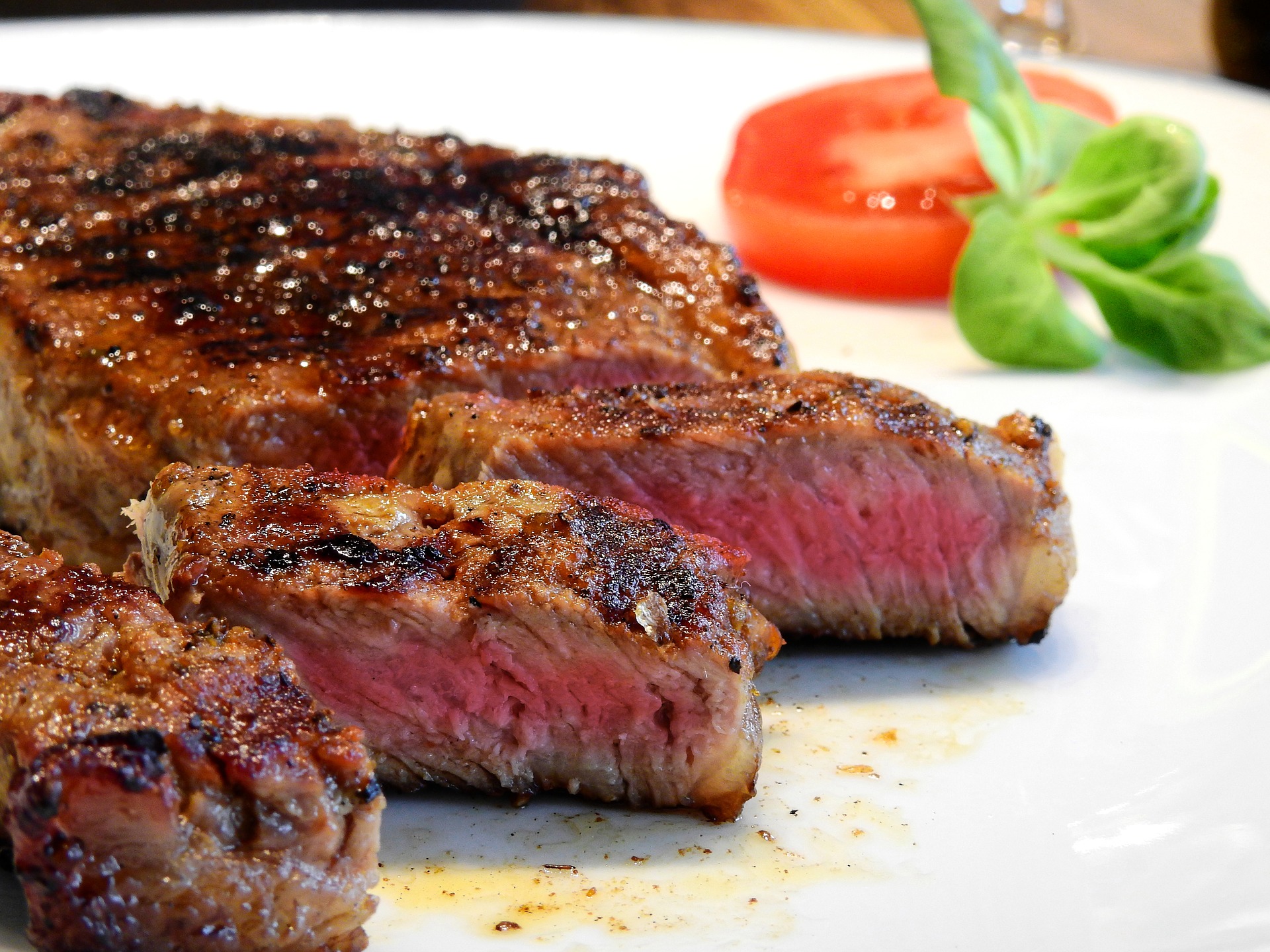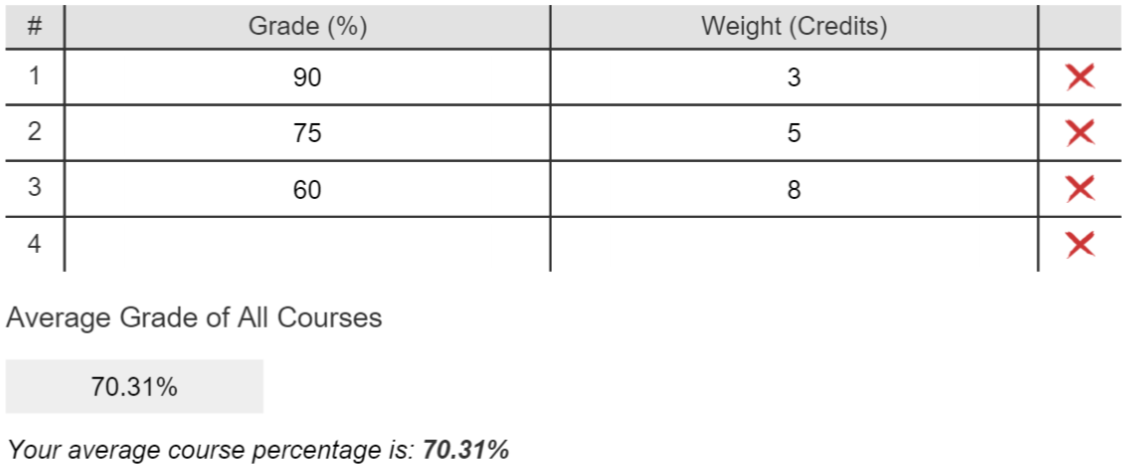The Art of Cooking the Perfect Medium Rare Steak
Steak lovers often find themselves in pursuit of the perfect cut of beef, cooked to the ideal level of doneness. Among the various options, a medium rare steak stands out as a favorite for many. Its tender texture, juicy flavor, and visually appealing pink center make it a culinary delight. Whether you’re a seasoned chef or a home cook, mastering the medium rare steak is a skill worth acquiring.
Key Takeaways
- Understanding Medium Rare: Learn what makes a steak medium rare and why it’s a popular choice.
- Choosing the Right Cut: Discover the best cuts of beef for a medium rare steak.
- Cooking Techniques: Explore different methods to achieve the perfect medium rare steak.
- Resting and Serving: Understand the importance of resting your steak and how to serve it.
What is a Medium Rare Steak?

A medium rare steak is characterized by its warm, red center and a slight pinkness towards the edges. Typically, it is cooked to an internal temperature of 130°F to 135°F (54°C to 57°C). This level of doneness ensures that the steak retains its natural juices, offering a tender and flavorful bite. The outer layer is seared to perfection, providing a delightful contrast to the soft interior.
Why Choose Medium Rare?
The appeal of a medium rare steak lies in its balance of flavor and texture. Cooking the steak to this level allows the marbling of fat within the meat to melt, enhancing its taste. Moreover, it preserves the steak’s natural tenderness, making each bite a savory experience. For many, a medium rare steak is the epitome of steak perfection.

Choosing the Right Cut for Medium Rare

Not all cuts of beef are created equal, especially when aiming for a medium rare finish. Here are some of the best cuts to consider:
- Ribeye: Known for its rich marbling, the ribeye is a classic choice for a juicy medium rare steak.
- Filet Mignon: This cut is prized for its tenderness and mild flavor, making it ideal for those who prefer a leaner steak.
- New York Strip: With a perfect balance of texture and flavor, the New York Strip is a popular choice among steak enthusiasts.
- T-Bone: Offering two cuts in one, the T-bone provides the best of both worlds with a tenderloin and a strip steak.
- Sirloin: A versatile cut that delivers a robust flavor, perfect for grilling to medium rare.
Mastering the Cooking Techniques
Achieving the perfect medium rare steak requires precision and attention to detail. Here are some tried-and-true methods:
Grilling

Grilling is a popular method for cooking steak, imparting a smoky flavor and beautiful grill marks. To grill a medium rare steak:
- Preheat your grill to high heat.
- Season the steak with salt and pepper.
- Place the steak on the grill and cook for 4-5 minutes on each side.
- Use a meat thermometer to check for an internal temperature of 130°F to 135°F.
Pan-Seared

Pan-searing is another excellent technique, especially for those without access to a grill. To pan-sear a medium rare steak:
- Heat a cast-iron skillet over high heat.
- Add a tablespoon of oil or butter.
- Season the steak and place it in the skillet.
- Sear for 3-4 minutes on each side.
- Check the internal temperature for doneness.
Reverse Searing
Reverse searing is a method that involves slowly cooking the steak in an oven before finishing it off in a hot pan. This technique ensures even cooking and a perfect crust. To reverse sear a medium rare steak:
- Preheat your oven to 275°F (135°C).
- Place the steak on a wire rack over a baking sheet.
- Cook in the oven until the internal temperature reaches 125°F (52°C).
- Heat a skillet and sear the steak for 1-2 minutes on each side.
- Check for an internal temperature of 130°F to 135°F.
The Importance of Resting and Serving
Once your steak has reached the desired doneness, it’s crucial to let it rest before serving. Resting allows the juices to redistribute throughout the meat, ensuring a moist and flavorful steak. Let the steak rest for at least 5 minutes before slicing. When serving, consider pairing your medium rare steak with complementary sides such as roasted vegetables, mashed potatoes, or a fresh salad.
Cooking a medium rare steak to perfection is both an art and a science. By choosing the right cut, mastering cooking techniques, and understanding the importance of resting, you can enjoy a steak that is tender, juicy, and full of flavor. Whether you’re grilling, pan-searing, or reverse searing, the key is to pay attention to detail and cook with confidence. With practice, you’ll be able to impress your family and friends with the perfect medium rare steak every time.
















